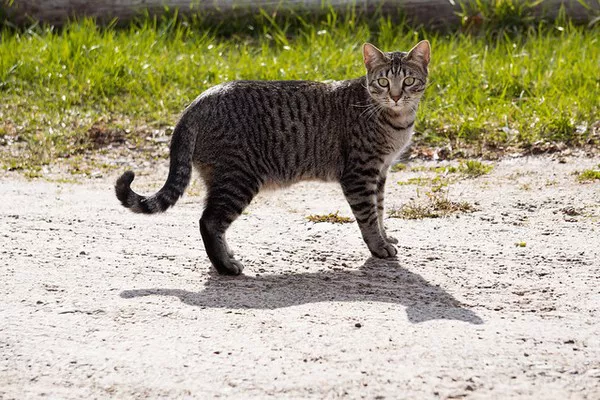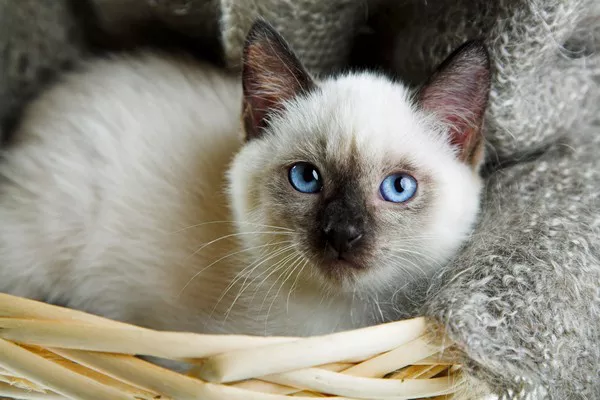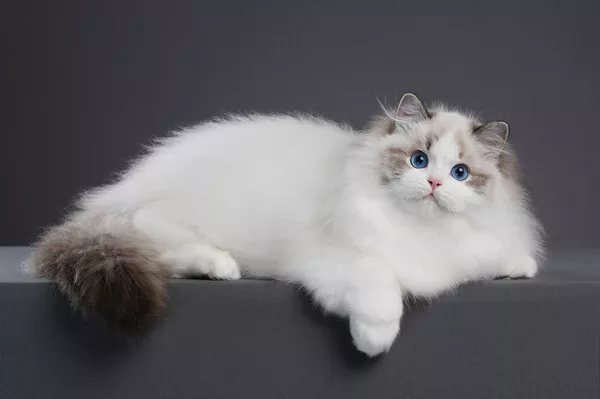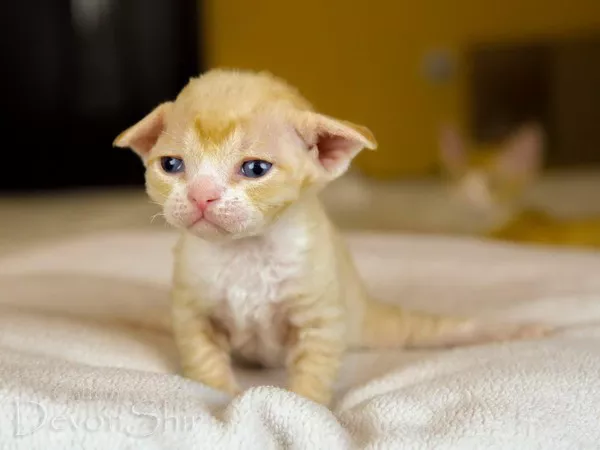As winter sets in with its chilly temperatures, cat owners may find themselves wondering how to ensure the comfort and well-being of their beloved feline companions. Cats, known for their independent nature, still need extra care during the colder months. In this comprehensive guide, we will explore effective strategies to keep your cats warm and content during winter, addressing their unique needs and promoting a cozy environment.
Understanding Cat Behavior in Winter:
Before delving into specific measures, it’s crucial to understand how cats behave in colder weather. Cats, unlike some dogs, generally dislike the cold and seek warmth to maintain their body temperature. Here are key aspects of cat behavior in winter:
Curling Up for Warmth: Cats often curl up in tight balls to conserve body heat. This instinctual behavior helps them stay warm and comfortable.
Choosing Warm Spots: Cats are masters at finding warm spots in the house. Whether it’s a sunny patch of the floor, a cozy blanket, or the top of a radiator, cats will gravitate towards warmth.
Reduced Outdoor Activity: Many cats reduce their outdoor activities in winter, preferring the warmth and safety of the indoors. However, outdoor cats may need extra care during colder weather.
See Also: Do Cats Get Cold? Here Are Winter Cares for Your Cat!
Creating a Warm Indoor Environment:
Provide Cozy Bedding: Ensure your cat has access to warm and comfortable bedding. Plush beds, blankets, or even a heated cat bed can offer a cozy retreat.
Choose Strategic Locations: Place your cat’s bed or favorite blanket in strategic locations. Avoid drafty areas and position their resting spots near sources of warmth, such as radiators or sunlight.
Invest in Heated Pads: Heated pads designed for pets can be placed in your cat’s bed to provide additional warmth. These pads are safe and can be particularly beneficial for older cats or those with arthritis.
Create Indoor Perches: Cats love perching in elevated spots. Consider installing cat shelves or window perches where they can bask in the warmth of sunlight streaming through windows.
Winter Wardrobe for Cats:
Cat Sweaters and Jackets: While not all cats tolerate clothing, some breeds benefit from wearing cat sweaters or jackets in winter. Breeds with short fur or those that have undergone recent surgery may appreciate the extra layer.
Booties for Outdoor Cats: If you have outdoor cats, consider cat-friendly booties to protect their paws from cold surfaces and potential hazards like icy pathways or salt.
Avoid Restrictive Attire: If dressing your cat, ensure the clothing is not too tight or restrictive. Cats generally prefer loose-fitting garments, and discomfort may lead to stress.
Nutrition and Hydration:
Maintain a Balanced Diet: A well-balanced diet is crucial for your cat’s overall health, especially during winter. Consult with your veterinarian to ensure their food meets their specific nutritional needs.
Provide Adequate Hydration: Cats can be prone to dehydration in winter, so ensure they have access to fresh water. Consider placing water bowls away from cold drafts to prevent freezing.
Serve Warm Meals: Offering slightly warmed meals can be a treat for your cat. Consider adding warm water to their food or serving wet food during colder days.
Safe Outdoor Adventures:
Limit Outdoor Time: If your cat enjoys outdoor activities, limit their time outside during harsh weather conditions. Cats can get frostbite, and their paw pads may be sensitive to cold surfaces.
Monitor for Signs of Cold Stress: Watch for signs of cold stress when your cat returns indoors. Excessive shivering, lethargy, or cold ears may indicate they need extra warmth.
Provide Outdoor Shelters: If you have outdoor cats, provide shelters where they can seek refuge from the cold. Insulated cat houses or covered spaces can offer protection from the elements.
Health Checkups:
Schedule Vet Checkups: Regular veterinary checkups are crucial, especially in winter. Ensure your cat is in good health and discuss any concerns related to their well-being in colder weather.
Maintain Grooming: Regular grooming is essential to keep your cat’s coat in good condition. Well-groomed fur provides better insulation and helps protect them from the cold.
Watch for Signs of Discomfort: Pay attention to signs of discomfort or distress. Cats may communicate their discomfort through changes in behavior, grooming habits, or vocalizations.
Conclusion:
Cats, with their enigmatic charm and graceful demeanor, deserve extra care to thrive during the winter months. By understanding their behaviors, creating a warm indoor environment, considering winter attire when necessary, ensuring proper nutrition and hydration, facilitating safe outdoor adventures, and prioritizing health checkups, you can provide your feline friends with a winter that’s both cozy and safe. As you embark on this journey of winter care for your cat, remember that each cat is unique, and tailoring your approach to their individual preferences will ensure a purrfectly delightful season for them.



























